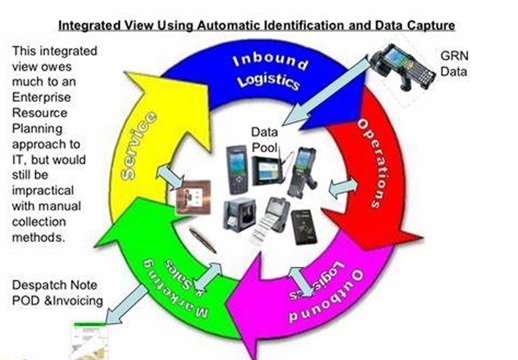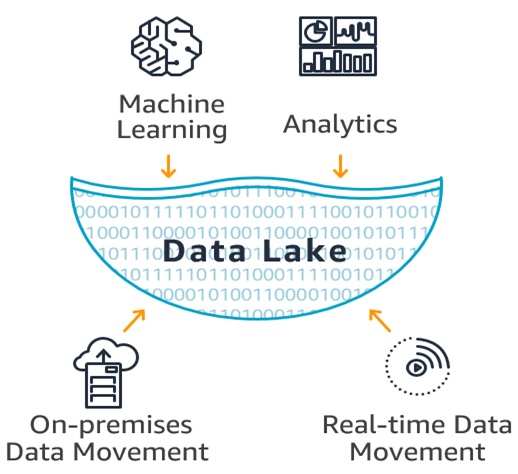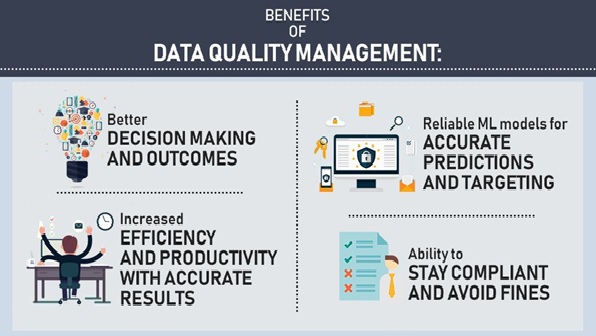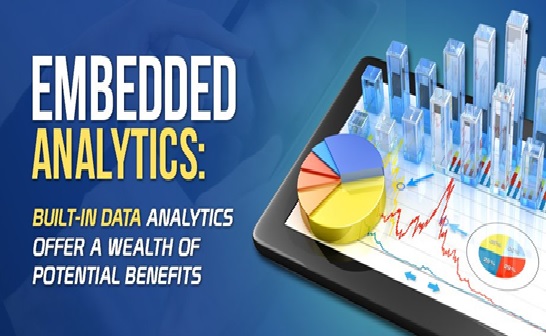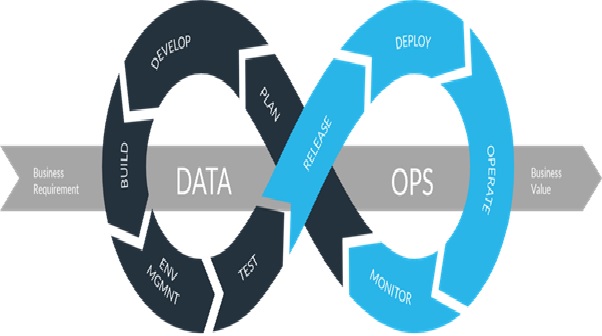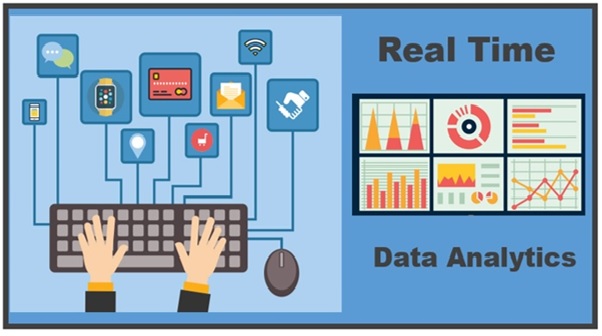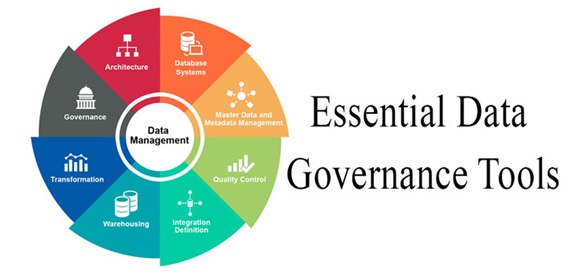Benefits and Stages of Data Warehouse Modernization
Data warehousing is a technology that aggregates structured data from one or more sources so that it can be compared and analyzed for greater business intelligence. Data warehouses are typically used to correlate broad business data to provide greater executive insight into corporate performance. [4]

Figure 1. The Benefits and Stages of Data Warehouse Modernization
Figure 1 shows Data warehousing is getting on in years. Concepts and architectures have been applied more or less unchanged since the 1990s. However, data warehousing and BI applications are only considered moderately successful. Users criticize their inadequate benefits, quality, efficiency and effectiveness.
Especially in times of rapidly changing markets, decision-support systems should promote the quickest possible knowledge growth. Advanced analytics and new ways of working with data also create new requirements that surpass the traditional concepts. [3]
Benefits for data warehouse modernization
Data warehouse provides many advantages to enterprises working toward data warehouse modernization. Benefits include:
- Faster data warehouse implementation. Qlik (Attunity) enables data warehouses and data marts to be built much more quickly than traditional ETL tools. IT teams can create and implement solutions in days or weeks, rather than months. Design automation enable structures to be quickly defined and deployed, and ETL automation that automatically generates 80% or more of ETL commands helps to significantly reduce the time and resources required for implementation.
- Rapid ETL processing. Qlik (Attunity) makes it easy to iterate and update data warehouse solutions, aligning them more easily with the needs of IT and LOB teams.
- Process optimization. Qlik (Attunity) accelerates rollouts and updates, with easy-to-use tools for developing data warehouse designs and data warehouse implementations. [2]
4 Stages of Data Warehouses
Stage 1: Offline Database
In their most early stages, many companies have Data Bases. The data is forwarded from the day-to-day operational systems to an external server for storage. Unless extrapolated and manually analyzed, this data sits where it is and does not impact ongoing business functions. Transactions such as loading or processing of data have no effects on an operational standpoint.
Stage 2: Offline Data Warehouse
While not entirely up-to-date, offline Data Warehouses regularly update their content from existing operational systems. By emphasizing reporting-oriented data structures, the organized data meets the particular objectives of the Data Warehouse.
Stage 3: Real-time Data Warehouse
Real-Time Data Warehouses gathers information through operational system events-based triggers. Often, these come in the form of transactions such as airline bookings or bank balances.
Stage 4: Integrated Data Warehouse
Daily activities to be passed back to the operating system continuously in the Integrated Data Warehouse. Integrated Data Warehouses are the ideal Data Warehouse stage with the data not just readily available but also updated and accurate. [1]
References:
- https://heydan.ai/data-warehousing-fundamentals/
- https://www.qlik.com/us/data-warehouse/data-warehouse-modernization
- https://bi-survey.com/data-warehousing-infographic
- https://www.informatica.com/in/services-and-training/glossary-of-terms/data-warehousing-definition.html
Cite this article:
Thanusri swetha J (2021), Benefits and Stages of Data Warehouse Modernization, Anatechmaz, pp. 28




